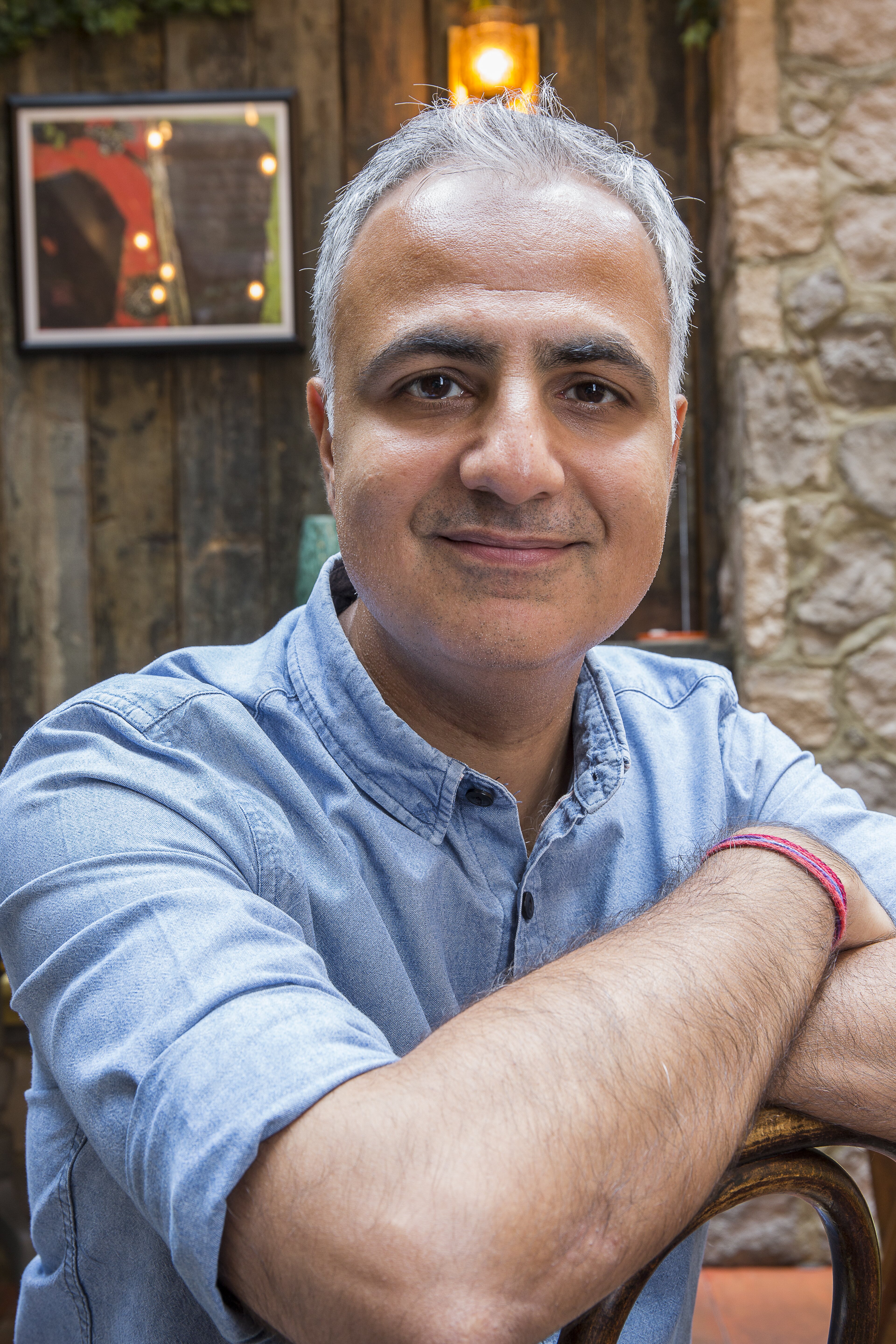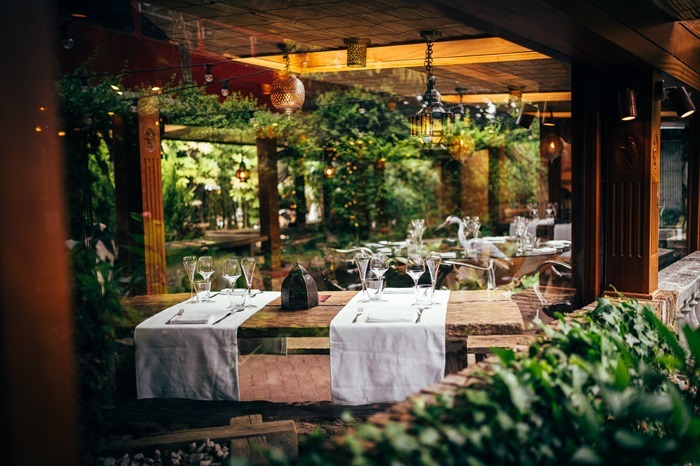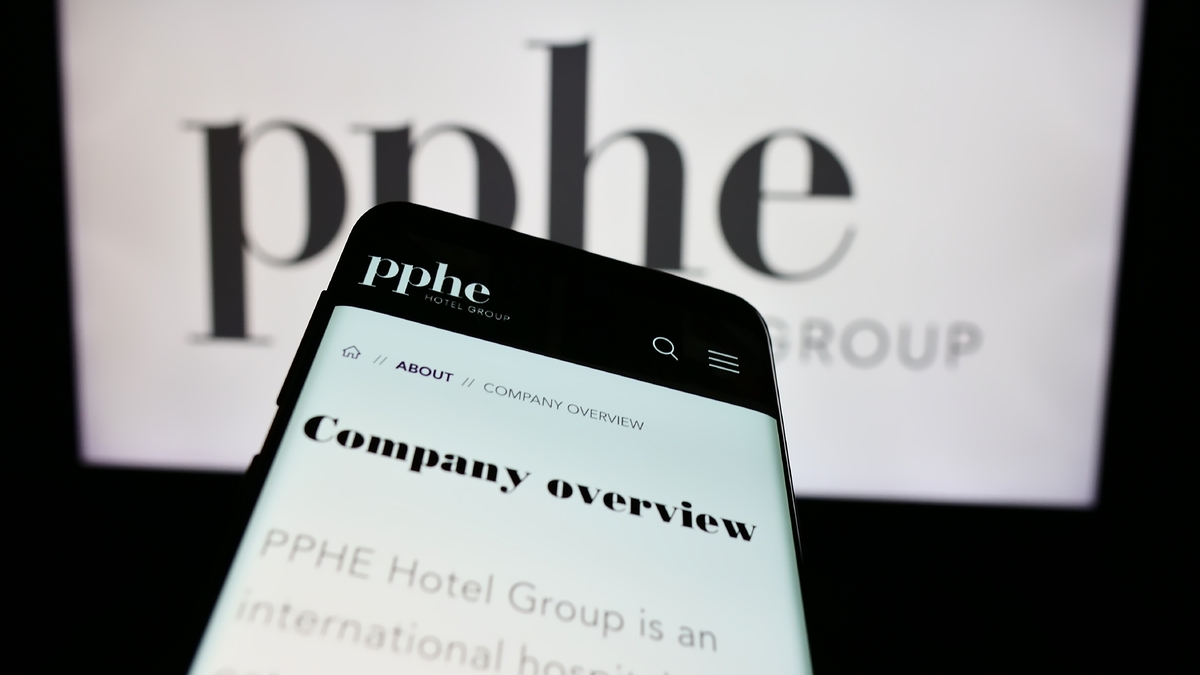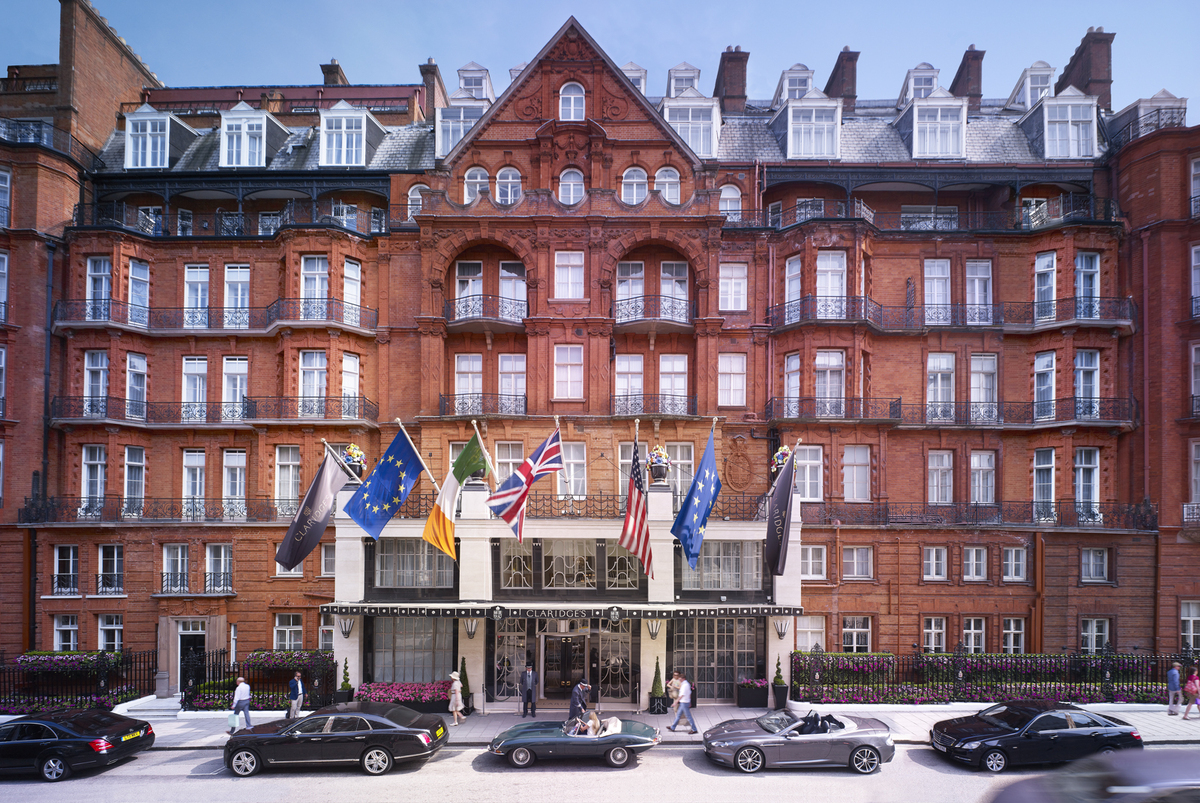Setting the right story for your restaurants lies in the detail, says Shamil Thakrar
When it comes to writing the story of a new restaurant, it’s all in the detail, insists, Shamil Thakrar
I’ve not been writing for a while. It feels like we’re not doing much around here, other than preparing (excitedly, nervously) to open the doors to Dishoom Birmingham.
As the launch date gets closer, I’m able to spend more time in the lovely part of the city that we’ve started calling home. And in fact, today, I’m writing from the delightful café of the grand Birmingham Museum and Art Gallery, right next to us in the majestic Chamberlain Square.
Restaurants seem to spring so quickly to life in these final weeks. Designing a Dishoom is a decently long process, and probably the part of a new opening that I most thoroughly enjoy.
For us, the design always starts with story. All of our restaurants have a shared narrative that pays homage to the Irani cafés of Bombay, but each restaurant also has a founding myth.
We write a story, deeply rooted in some aspect of Bombay history or culture, which gives context and coherence to the connections between Bombay and our new neighbourhood.
Each story taps into a very specific seam of Bombay heritage. In Carnaby, that’s the rock ’n’ roll scene that flared up briefly in the city in the late 1960s and early 1970s; in King’s Cross a notional godown (storehouse) in the vicinity of Bombay’s Victoria Terminus; in Birmingham, inspired by the “city of a thousand trades”, this founding myth finds us in Bombay’s Swadeshi Market, thinking about the importance of trade and commerce in India’s struggle for Independence.
The fictional proprietor of our new restaurant may have views on the politics of the time, or perhaps specific tastes in art and literature. The proprietor, like any person, has quirks which would naturally be expressed in the restaurant.
We like to think that you walk across the threshold of our restaurants and into our stories, into our imagining of some facet of Bombay. Then, with the help of our long-standing design partners, Ian and John, we translate this obsessive research into a vividly imagined space.
And so, in Dishoom Birmingham, guests will soon be met by their host, who will be awaiting their arrival behind the owner’s desk. This desk stands complete with an old shop display (which we found languishing in the back of a warehouse of furniture) and metal shelving piled high with the goods you would have found in Bombay’s markets and general stores.
You might notice hessian sacks, some filled with “freedom salt”, a gesture of nonviolent rebellion against the controversial British salt monopoly (you may recall Gandhi’s famous salt march). Each and every picture on the wall tells a story, from portraits of the leading figures of the Independence movement that tell of a nation’s struggles, to the family photos that evoke our personal history.
As I sit here thinking about this soon-to-open Dishoom on the other side of Chamberlain Square I find myself questioning why we go to these lengths with our design. Common sense would dictate that we should limit ourselves to looking after people well and serving them decent food and drink in pleasant surroundings. Is our motivation that we enjoy telling all of these stories? Absolutely. Do we love combing through Bombay as we do? Certainly. Does it make our restaurants better? It must, surely, although few will consciously notice or understand all the details (when they do, we rejoice!)
And yet, it seems to me that we owe a profound debt to the places and people who have so inspired us. Through design we try to create not just pleasant shared spaces, but places where the walls are inscribed with memories.
















